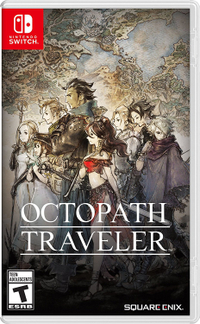39 Hours and Counting: Why I Love Octopath Traveler
We spent nearly 40 hours playing Octopath Traveler. Here's what we think.
At the time of my work on this article, I've played 39 hours and 3 minutes of Octopath Traveler. As I write this, I hear the plaintive tones of game characters in the back of my mind, visualize the next battle and think about my gear.
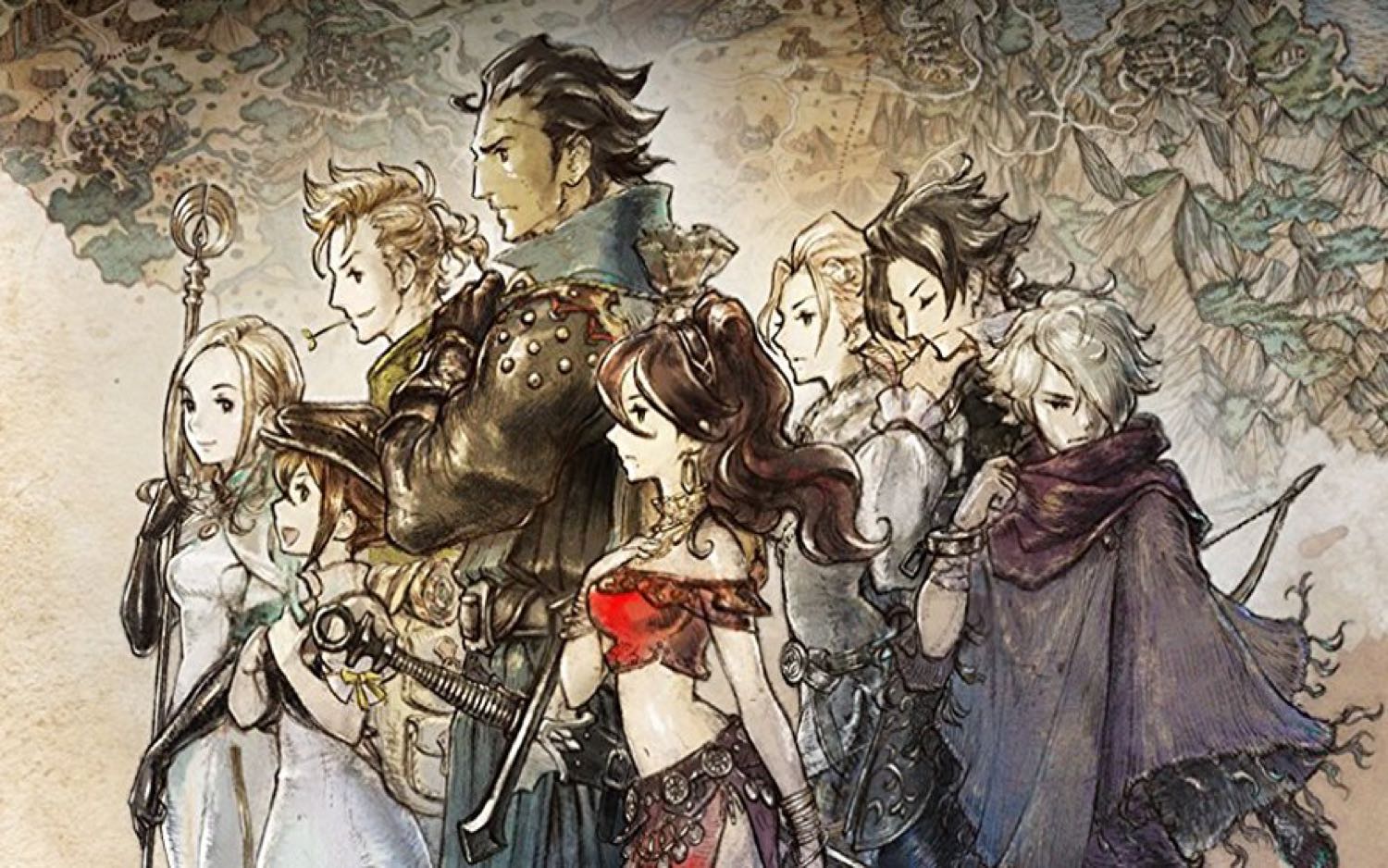
I'm also weighing the $10,000 cost (within the game's world) to fix my reputation in Victor's Point against save scumming (reverting back to a former save file after triggering an unfavorable in-game result) for a Divine Blade I desperately want to play. But I'm at work, trying to be an adult, so writing about Octopath will have to do — for now.
For the uninitiated, Octopath Traveler is a love letter to video games past, specifically Japanese role-playing games (JRPGs). In this turn-based, semi-open-world RPG, players will step into the shoes of one of eight different characters as they explore the world on a mission to complete their respective quests. And just like on any RPG worth its pixels, side quests, optional dungeons, secrets and nonplaying characters (NPCs)with varying degrees of helpfulness abound. So if you're a completionist like me, prepare for the long haul.
Pixelated Beauty
With so many sprites in this game, my JRPG thirst was all but quenched. Square Enix is one of the masters of pixel art, and Octopath is another beautiful feather in the company's cap. In the sprite-based artwork, 2D characters move in a gorgeous 3D world that's covered in 16-bit textures. It gives an almost trippy effect of navigating through a pixelated landscape portrait.
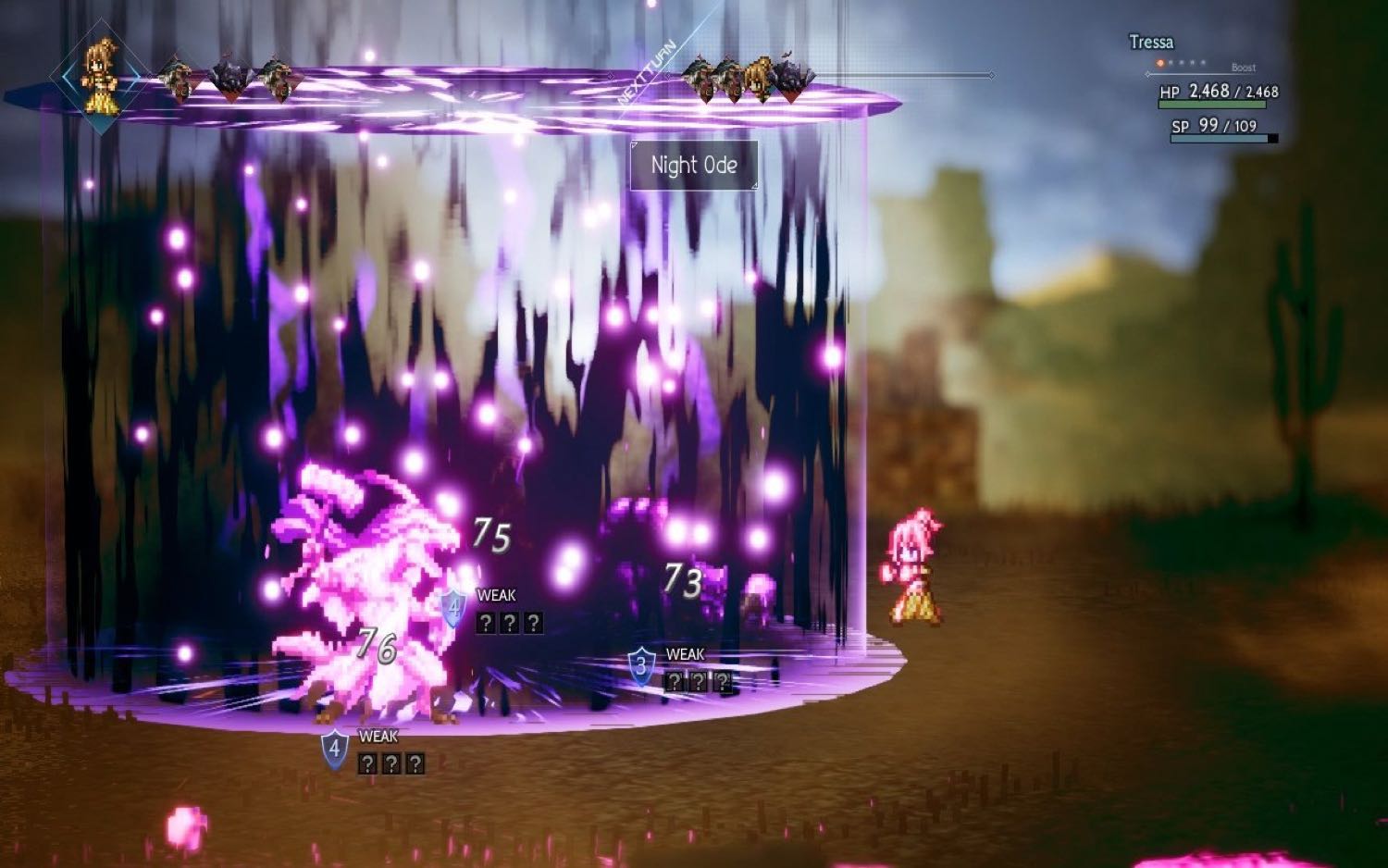
The company is definitely a stickler for details, as evidenced by the realistic shadows, authentic rustling grass and delicate snow particles dancing through the air, depending on the environment.
I'm a huge fan of the boss fights, in which the big bad looms over your team, similar to what you'd see in a pop-up book. But the best thing about the graphics was that they looked good whether I was playing on the Switch in handheld mode or on my 43-inch LG 4K TV.
So Many Jobs
If the art style doesn't hit you with unyielding waves of nostalgia, the job system will. Each of the eight characters in Octopath not-so-coincidentally has a job (apothecary, thief, dancer, hunter, warrior, cleric, scholar or merchant) that represents one of the archetype classes in old-school JRPGs.
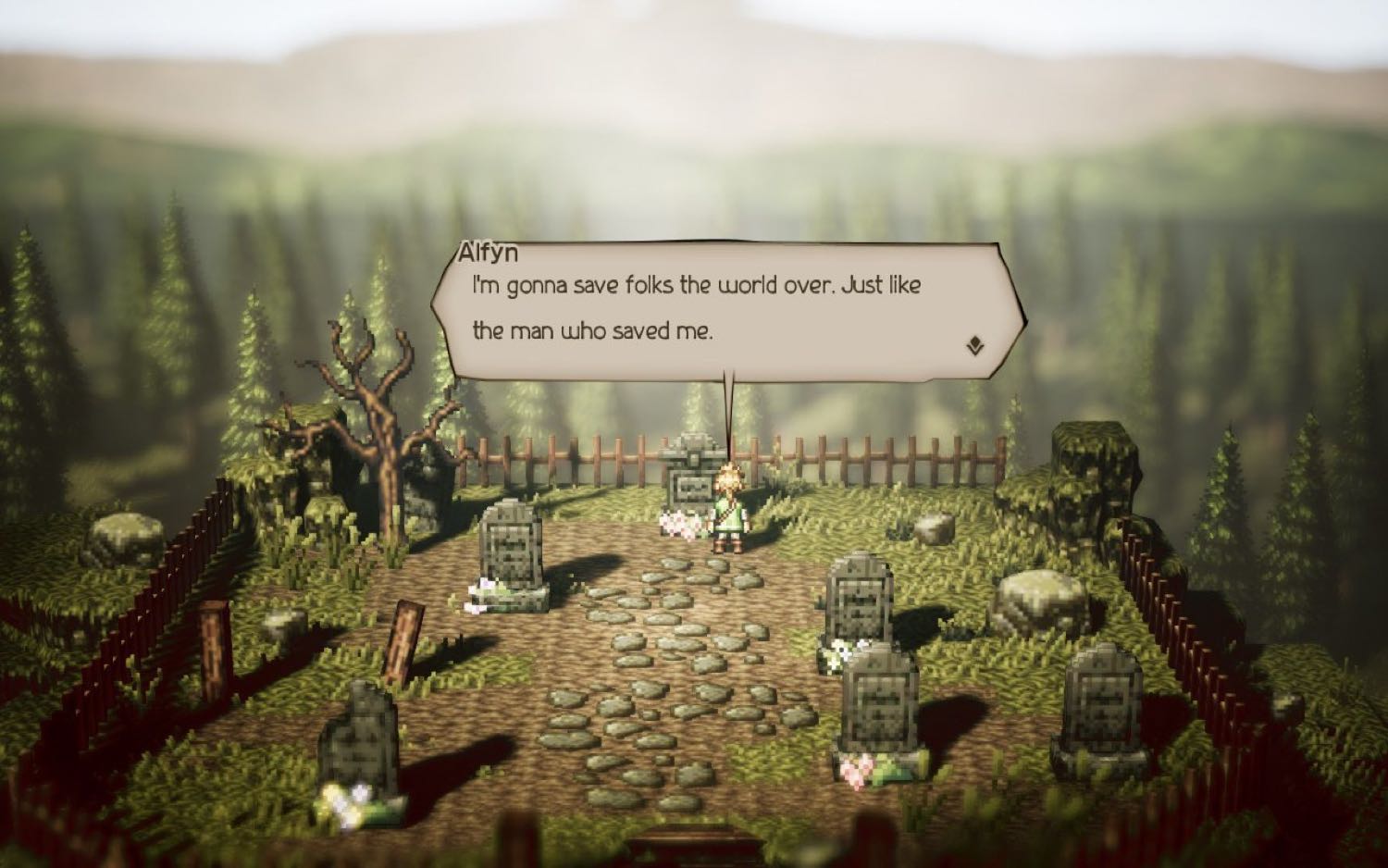
For example, Therion is a thief who can steal things from enemies as well as select NPCs. H'aanit is a hunter (also known as a ranger, archer or scout) armed with a bow and an ax; he can capture attacking beasts and then use them against unwitting foes. Then, there's Olberic, the warrior, who basically is the tank of the bunch, soaking up enemy blows while your other three party members cast debuff and healing spells.
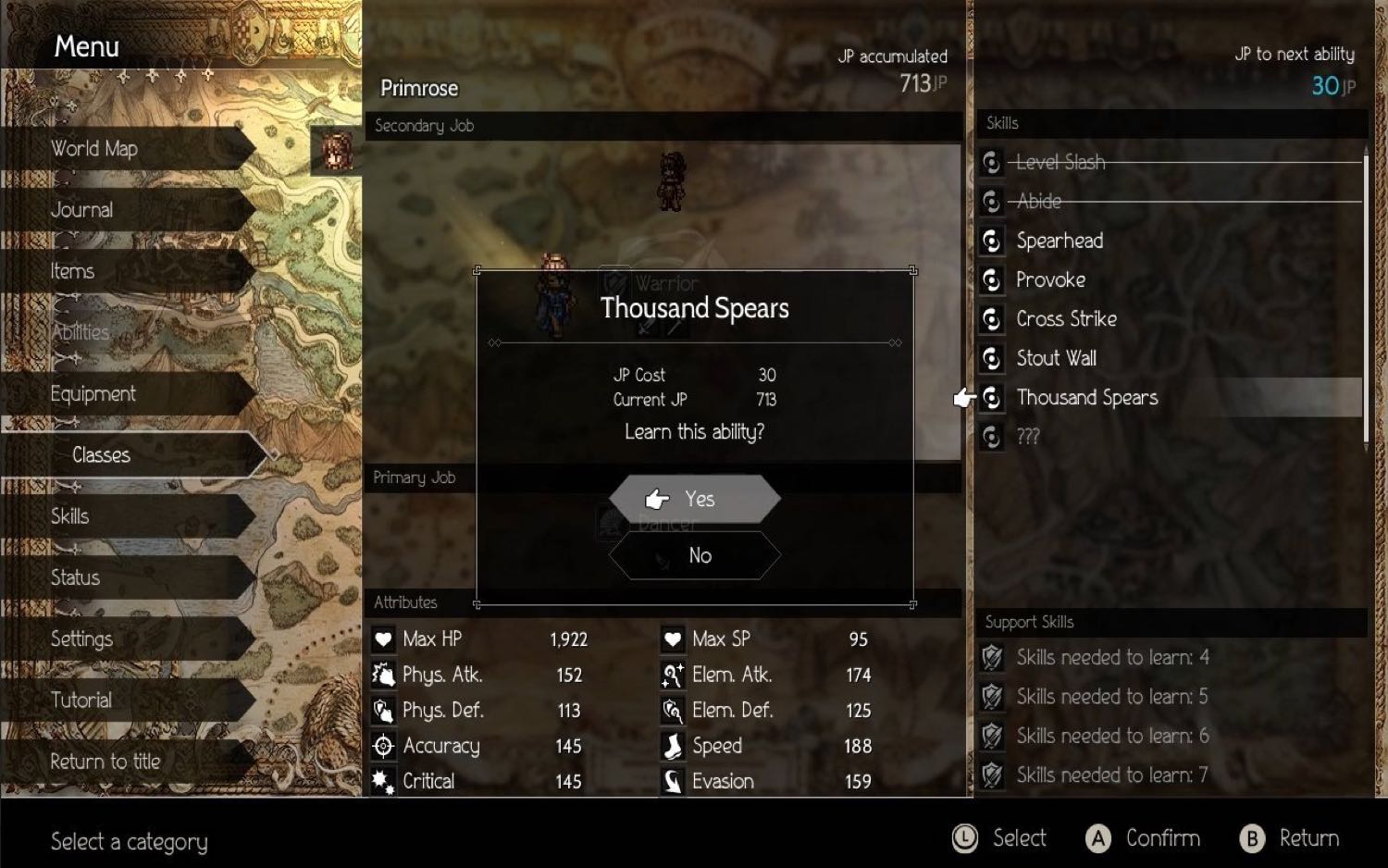
Even though each character has a preassigned job at the beginning of the game, once you hit the second chapter, the characters can be outfitted with secondary jobs. That is, of course, if you track down the eight shrines scattered throughout the world.
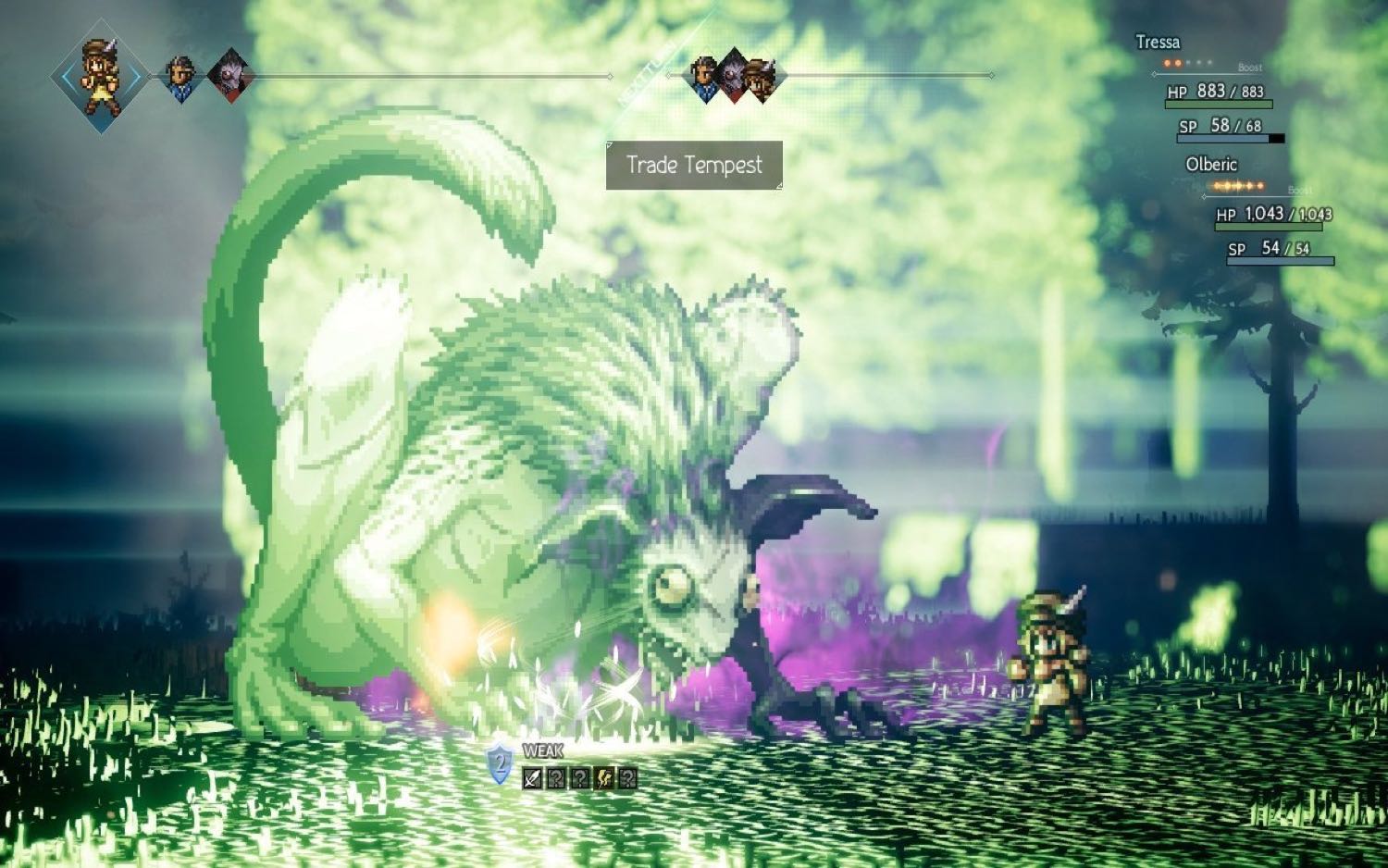
Once you find a job, you can augment your characters to great effect. Right now, I have Ophilia, my cleric, outfitted as a scholar, so she can perform support and offensive magic. In order to make H'aanit a bit stronger, I augmented her with the warrior job, and I'm thinking about augmenting my merchant with a thief job, so she can steal money and items.
MORE: Best Mobile RPGs - Our Favorite Role-Playing Games
As fun as job swapping can be, keep in mind that secondary jobs can be equipped on only one character at time. But because you can change these secondary titles at any time, don't be afraid to experiment.
C-c-c-ombat Breaker
Octopath's combat involves old-school, turn-based fighting but adds a bit of a twist. Depleting your opponents' health points (HP) is the name of the game, so the true road to victory lies in destroying their defenses and placing them into a Break state. Your opponent is stunned while in this state and loses the ability to act in the current round as well as the next. This is the time to unleash your most powerful attacks as your target is more susceptible to damage.
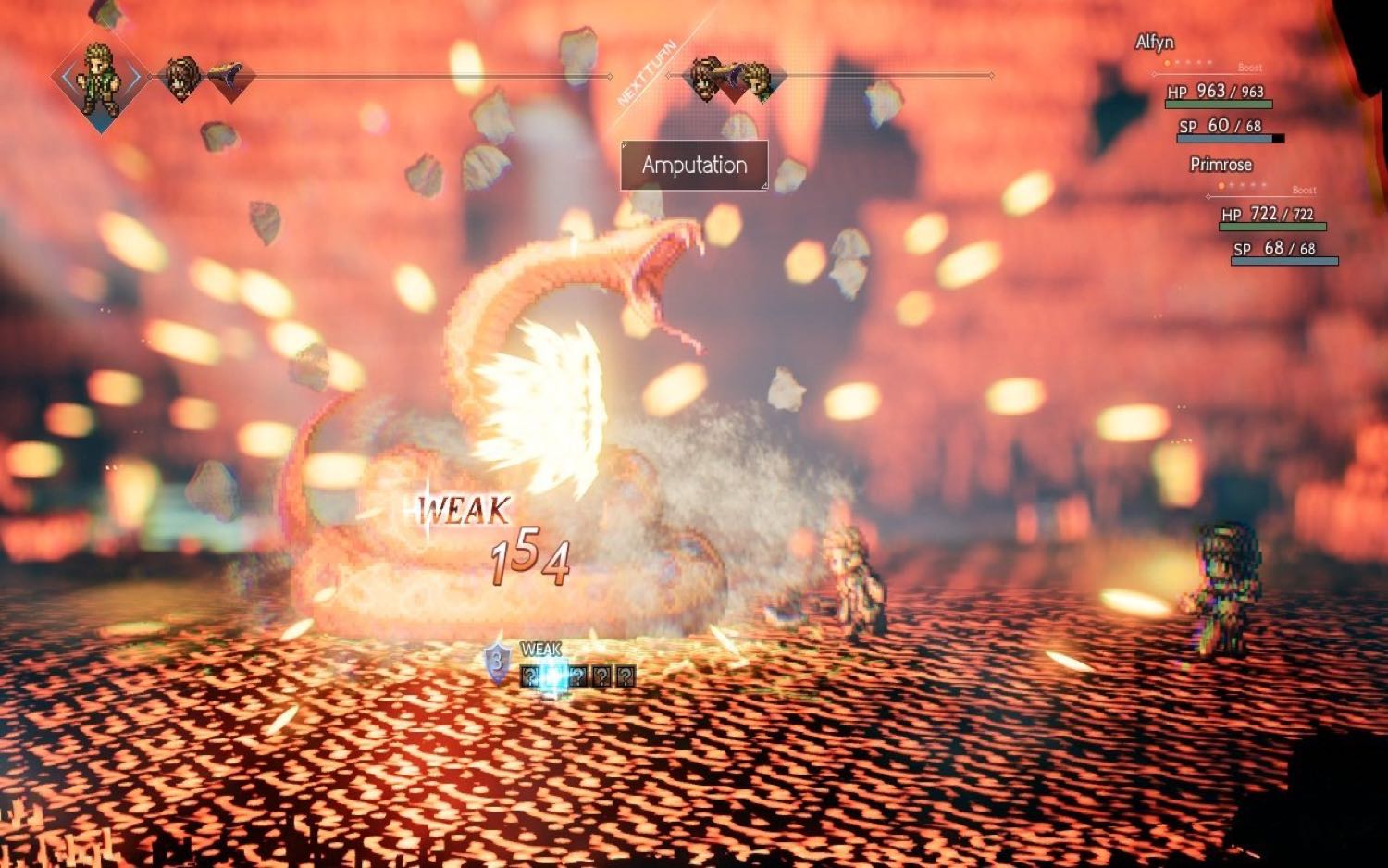
When the battle begins, each of your enemies will feature a small shield with a number next to a series of mystery boxes, which denote their particular weaknesses. In order to induce break state, you have to attack with the specific weakness until the counter reaches zero. And with the right weapons and spells, you can potentially power through a fair amount of battles. But as I've progressed deeper into the game, I realized that the Break State is truly my friend. And with the right timing and strategy, I saved my team from many an overly powerful boss attack.
Bottom Line
Exploring dark dungeons and looting the plunder, driving my enemies before me with thunder. Stealing a valuable item unseen, these are a few of my favorite things.
If you had told me Octopath Traveler was an old-school RPG that had been recently imported from Japan, I'd probably have believed you — the nostalgic elements run just that deep. I've been having a blast, exploring every nook and cranny of Octopath while stealing, fighting, capturing and casting spells every step of the way.
The art style is gorgeous, and Square Enix did an excellent job melding 2D and 3D art. The combat is familiar, yet novel enough to keep me guessing. And the idea of exploring different potentially non-converging stories in one shot is definitely intriguing. In short, my name is Sherri L. Smith, I'm nearly 40 hours into Octopath Traveler, and I have no intention of stopping.
Credit: Square Enix
Sign up to get the BEST of Tom's Guide direct to your inbox.
Get instant access to breaking news, the hottest reviews, great deals and helpful tips.
Sherri L. Smith has been cranking out product reviews for Laptopmag.com since 2011. In that time, she's reviewed more than her share of laptops, tablets, smartphones and everything in between. The resident gamer and audio junkie, Sherri was previously a managing editor for Black Web 2.0 and contributed to BET.Com and Popgadget.
